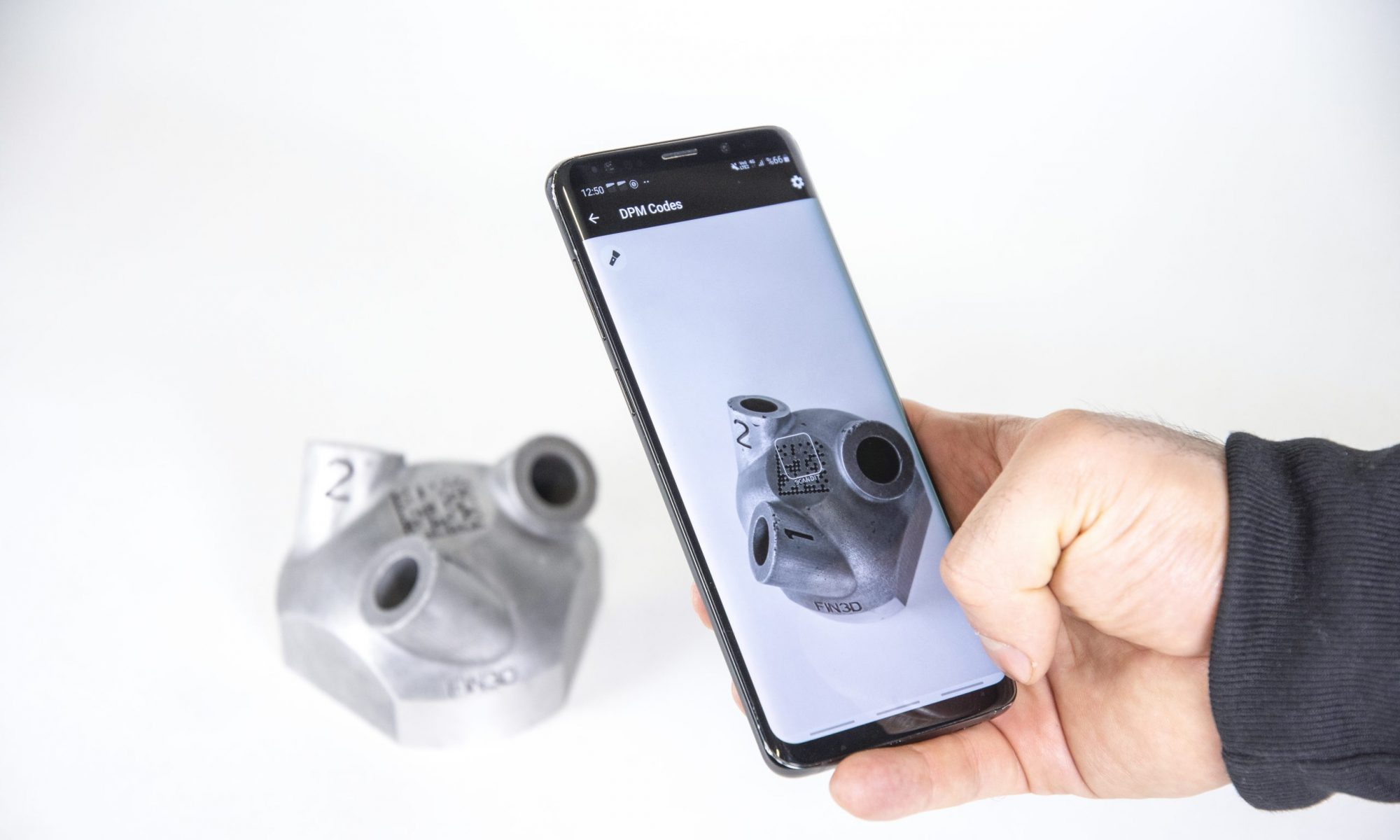Tekin Ç. Uyan
International Journal of Metalcasting volume 17, pages414–429 (2023)
Low-pressure die cast (LPDC) is widely used in high performance, precision aluminum alloy automobile wheel castings, where defects such as porosity voids are not permitted. The quality of LPDC parts is highly influenced by the casting process conditions. A need exists to optimize the process variables to improve the part quality against difficult defects such as gas and shrinkage porosity. To do this, process variable measurements need to be studied against occurrence rates of defects. In this paper, industry 4.0 cloud-based systems are used to extract data. With these data, supervised machine learning classification models are proposed to identify conditions that predict defectives in a real foundry Aluminum LPDC process. The root cause analysis is difficult, because the rate of defectives in this process occurred in small percentages and against many potential process measurement variables. A model based on the XGBoost classification algorithm was used to map the complex relationship between process conditions and the creation of defective wheel rims. Data were collected from a particular LPDC machine and die mold over three shifts and six continuous days. Porosity defect occurrence rates could be predicted using 36 features from 13 process variables collected from a considerably small sample (1077 wheels) which was highly skewed (62 defectives) with 87% accuracy for good parts and 74% accuracy for parts with porosity defects. This work was helpful in assisting process parameter tuning on new product pre-series production to lower defectives.
Uyan, T., Jalava, K., Orkas, J., & Otto, K. (2021). Sand Casting Implementation of Two-Dimensional Digital Code Direct-Part-Marking Using Additively Manufactured Tags. International Journal of Metalcasting, 1-12.
Statistical quality control is used in foundries to identify special cause defects and root causes by correlating process input variations with casting defects. A difficulty exists in associating process data collected with individual cast parts as the parts are processed through the foundry and then out into the supply chain. Typically, alphanumeric labels for marking castings and manual identification of the castings with route-paper based tracing approaches have been used. Such manual-based systems make root cause analysis of quality defect issues tedious. This study presents the development of a semi-automated approach using 3D printed sand mold inserts shaped as 2D matrix codes which thereby permit directly cast identification code into the parts. This enables automated part tracking at the very beginning of the casting process including mold making. Automated scan based tracking of parts through a foundry and subsequent supply chain allows for statistical process data collected to also be associated with each part processed with unique identification, building upon the part history and pedigree.
The Smart Foundry concept promises benefits of improved foundry supply chain quality, more sustainable metal processing, and improved customer support. A significant need includes automated data gathering and visualization of the data. In metal foundries regardless of manufacturing small parts in mass production or big parts in small production, metal castings are difficult to trace individually. Furthermore, to identify causes of defects through statistical correlation of recorded process inputs to inspected part defects becomes challenging. In this paper we present a sand-casting Smart Foundry operation including automated scan-based tracking of cast parts through the foundry and supply chain. This allowed process data collected to be automatically associated with the part being processed. This study proved that additively manufactured tags can be utilized in foundry serial production operations for direct-part-marking of castings and both digital tracking and process data collection of individual cast parts. Further we made use of the captured part-by-part data to develop a root cause analysis for quality defect causal correlation. The results indicated that the casting feature dimensional quality was highly correlated with variations in sand bending strength, tin content in aluminum, and pouring time, among others. Such insights are available when tracking process and part data as part of a Smart Foundry.
A survey with leading foundries on part marking, and traceability.
Dec 1, 2019, 2nd National Foundry Congress by Tüdöksad Academy
Tüdöksad 2. Ulusal Döküm Kongresi
Using Open Source Code Libraries for Robust Design Analysis
Proceedings of the Design Society: International Conference on Engineering Design, Volume 1, Issue 1July 2019 , pp. 1733-1742
The design of systems today often involves computer simulation to assess performance and design margins. Understanding how variability erases design margin is important to assure adequacy of margins, especially in optimization efforts. In this paper, we develop a toolchain using open source code libraries in Python, and encapsulate it in Jupyter notebooks, to provide an open source, interactive uncertainty quantification and sensitivity analysis toolchain. This works generally with simulation tools, where a reference folder is created containing a script that reads an input file of parameter values and runs the simulation. With that easily created, the toolchain executes the necessary uncertainty quantification steps with replicates of that reference folder. This approach fits within a broader workflow outlined that defines the variation modes to study, maps to simulation inputs, and screens the variables for sensitivity before conducting an uncertainty quantification. An example is shown in the simulation analysis of a Stirling engine.

